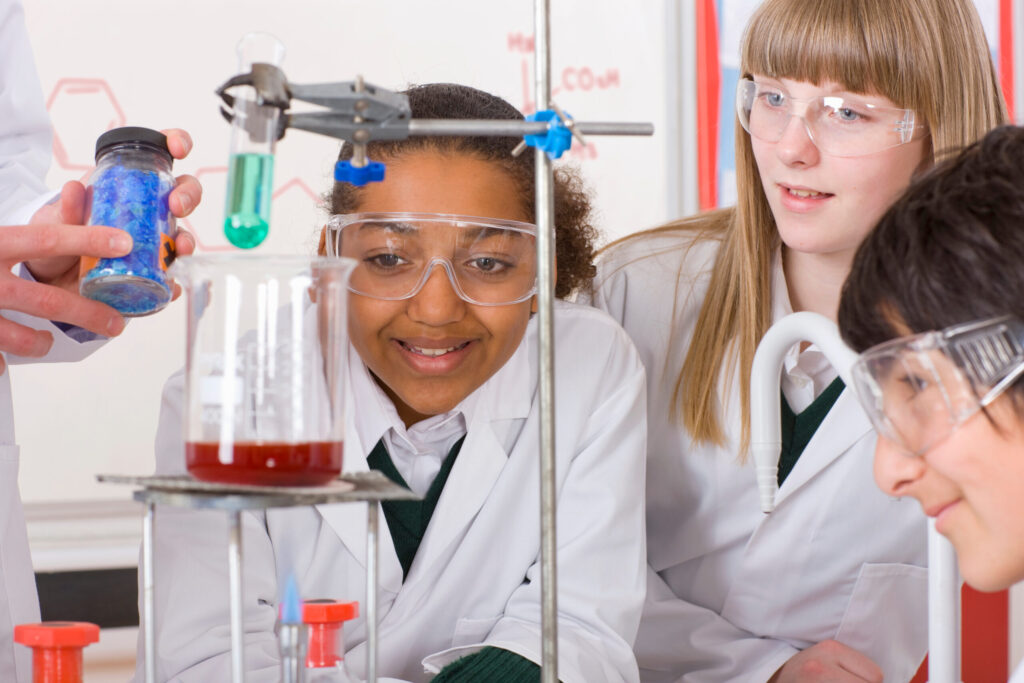Control of the heart rate is obviously important in many respects. Without regular contraction of the heart circulation of the blood would be impaired, perhaps so sluggish that the blood may coagulate and form clots which could block vital arteries, or so fast that blood pressure could rise needlessly whilst the individual was at rest.
However, the individual beats of the heart, moving blood from the atria to the ventricles and then out to the arteries, have to be coordinated to achieve efficient blood circulation.
Heart muscle is naturally able to contract and does so by producing Action Potentials. If all of the cells (usually referred to as myocardiocytes) were to fire off action potentials independently of each other, the ensuing disorganised contractions would not result in the organised blood pumping action of the heart.
Heart structure varies amongst the classes of vertebrates, but muscle contraction is initiated by a group of myocardiocytes that generate action potentials slightly faster in frequency than other heart muscle cells and consequently have the potential to control the pulsing of other myocardiocytes. These cells are commonly called the “Pacemaker” or Sinoatrial Node (abbreviated to SA Node or SAN) and are found in the wall of the right atrium of the mammalian heart. Action potentials from the SA Node travel through the heart tissue causing contraction of the atria before arriving at the atrioventricular node; see diagram:
[This citation complies with author’s requests. “From ‘Encyclopedia of Science’, Darling D.:
http://www.daviddarling.info/encyclopedia/H/heart_electrical_system.html”]
The Atrioventricular node imposes a delay on electrical conduction to the ventricles; this lag is vital and allows time for the atria to discharge all of their blood into the ventricles.
The signals leave the Atrioventricular node via the Bundle of His and depolarisations of Purkinje Fibres disseminate the signal to myocardiocytes of the ventricle. On a microscopic level, myocardiocytes are discrete cells unlike skeletal muscle which consists of multinucleate fibres; they are not completely independent however. There are specialised junctions between each cell and it neighbour “Gap Junctions” which make up an area on each cell called an Intercalated Disc:
The gap junctions of the intercalated disc are regions of closer proximity of adjacent cells and hove pores which allow exchange of ions and molecules up to a certain size.
In the case of the heart, the pores of the gap junctions allow movement of ions causing depolarisation of adjacent cells, so that a wave of contraction spreads through the heart muscle.
The net result is a contraction of the ventricles which is coordinated in pushing blood upwards towards the Mitral and Tricuspid valves. Without this coordination blood flow would be turbulent and disorganised in its direction.
Commonly the electrical events of the nodes and pathways within the heart can be recorded as an Electrocardiogram; the diagram below shows the typical trace of electrical activity recorded during a single heart beat cycle:
P refers to propagation of the electrical depolarisation through the atria.
PR is the time delay in activity of the atrioventricular node.
QRS is the spread of electrical activity through the walls of ventricles.
ST in this segment the myocardiocytes of the ventricles are fully depolarised.
T refers to the repolarisation of the myocardiocytes of the ventricle in readiness for the next cycle.
QT the length of this interval is an important indicator of certain arrhythmias of the ventricles.
Now try these questions…
1. Relate the electrical activity of the heart to the movement of blood through the heart. You could produce this as a “Flow Diagram” if you are familiar with this technique of describing events.
2. Make a table to show the relationship between the observed events of the electrocardiogram, electrical activity in the heart and blood flow through the heart.
Reading around the subject
3. Read about control systems which affect the rate at which the heart beats. Here are some on-line articles:
a. http://www.biocomtech.com/hrv-science/heart-rate-variability-basics (Good review of the basics of the effect of the autonomic nervous system on the heart rate. Good basic account)
b. http://www.physionet.org/events/hrv-2006/stauss.pdf (good for detailed information on the generation of action potentials in the Sinoatrial node and the effect of stimulation by the autonomic nervous system at the cell level. Advanced).
c. http://www.afpafitness.com/articles/articles-and-newletters/research-articles-index/exercise-program-design/heart-rate-variations-explained/ (Very good review article, with interesting references to the effect of exercise and training on heart rate and the rhythm of the heart beat. If you are interested in the physiology of exercise or intending to do a medical degree, this could be for you!).
d. Then of course there’s always Wiki: http://en.wikipedia.org/wiki/Heart_rate_variability (Comprehensive, but a series of statements rather than relating the science to the patient).
4. You could write an illustrated essay summarising the effect of various control systems on heart activity, relating these to the need for alteration in blood circulation with differing activity levels of the patient.
Some examples of syllabus content for which the above exercise is relevant:
John Giles








